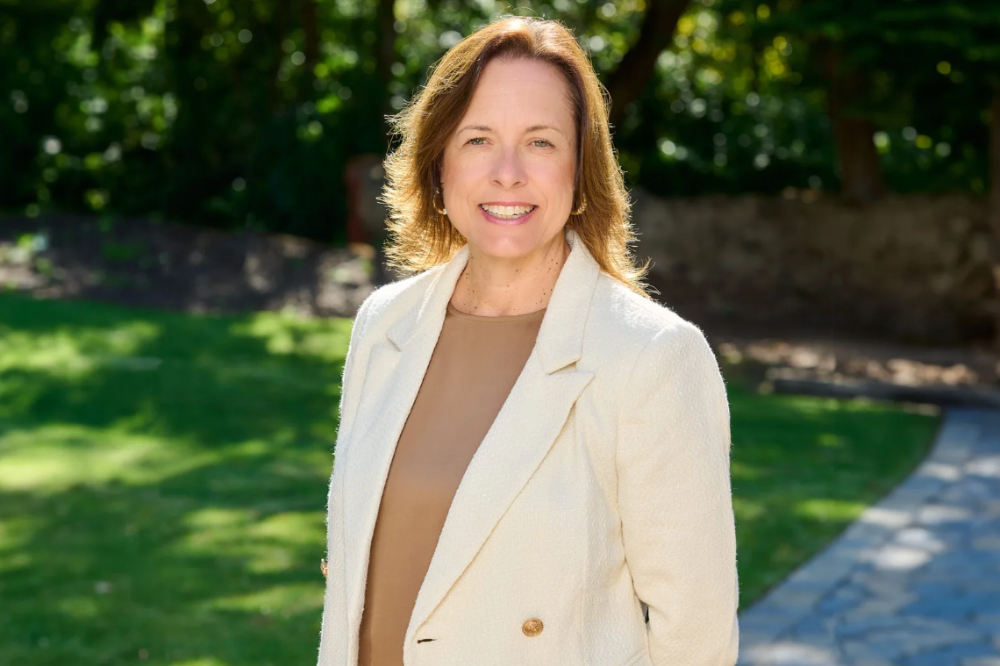
With Australia’s schools grappling with significant workforce shortages, retaining teachers is becoming an increasingly critical priority for leaders.
According to Federal Government modelling, demand for secondary teachers is anticipated to surpass the supply of new graduates by approximately 4,100 between 2021 and 2025. This prediction aligns with strong student enrolment growth and declining initial teacher education enrolments.
In South Australia, a report by UniSA described the state’s schools as “running on empty”, with 79% of SA teachers saying they feel overworked, 71% working with staffing shortages, and 67% struggling with their social and emotional wellbeing.
Prepared for the Australian Education Union, the report highlights the experiences of 1,600 SA teachers and principals who are members of the AEU and working in public education, finding significant gaps between what teachers and students need, and what the system demands.
According to Loreto Marryatville College Principal Kylie McCullah, one potential effective approach could be enhancing support systems for teachers already in the profession.
“This could include mentorship programs, better work-life balance initiatives, and increased resources for managing workload and classroom challenges,” McCullah told The Educator.
“Creating a positive and supportive work environment is crucial for retaining teachers in the long term, as is increasing the status of the education profession within broader society.”
McCullah said whilst governments have tried to address the teacher shortage with improved renumeration, more needs to be done to address this crisis.
The PD pain points in 2024
The UniSA report found that 28% of SA teachers are teaching outside their trained teaching area with 57% of teachers not having enough training to do so – an issue that has serious implications for students’ learning outcomes.
When asked where she sees the greatest professional development demands for educators in 2024, McCullah pointed to emerging technologies, namely Generative AI, which has been moving at breakneck speed since the advent of ChatGPT in November 2022.
“As technology continues to advance at an unprecedented pace, educators must stay abreast of the latest tools and trends to effectively engage and prepare students for the future,” she said.
“With the rise of AI and Natural Language Processing technologies like ChatGPT, teachers need comprehensive training to harness these tools to enhance learning experiences. Understanding how to integrate emerging technologies into the curriculum can significantly improve teaching methodologies and better meet the diverse needs of students in the digital age.”
In this era of rapid change and uncertainty, McCullah said equipping students with the strength to navigate challenges is paramount for teachers.
“Teacher professional development should focus on strategies for cultivating a growth mindset, promoting self-regulation, and fostering a supportive classroom environment where students feel empowered to take risks and learn from failure,” she said.
“By nurturing strength and perseverance, educators can empower students to thrive in the face of adversity and succeed in both academic and real-world contexts.”
The outlook for teacher wellbeing
Amidst the demands of the profession and the myriad of challenges teachers face in today's educational landscape, McCullah said prioritising teacher wellbeing is essential for fostering a sustainable and thriving learning environment.
“Professional development programs should emphasise self-care strategies, stress management techniques, and resources for maintaining a healthy work-life balance,” she said.
“Promoting a culture of collaboration and peer support can help educators feel valued, connected, and equipped to meet the diverse needs of their students. By investing in teacher wellbeing, schools can cultivate a positive school climate, enhance job satisfaction, and ultimately improve student outcomes.”


